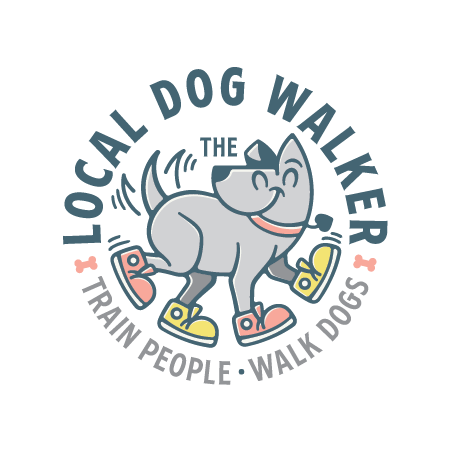My Dog Loses It In The Hallway
If you live in an apartment building, the chances are pretty high you’ve heard a dog losing it’s marbles in the hallway or elevator room. Living in an apartment or condo building is daunting for some pet owners: doors could open at any moment from either side, long corridors with no escape routes or places to tuck into if there is another dog coming towards you, elevators could be occupied when the doors open, blind corners and doorways, and the overall density of people living in the same area. For reactive pet parents, walking your dog can become an anticipated stress on you and your dog! If this is you and your dog, I’m going to give you some helpful tips on how to decrease this behavior and increase your sanity while navigating your community’s common areas. There is no quick fix, it is going to take effort, time and maybe a little creativity. But, if you give these tips a trying chance, your walk to your walk will become less stressful for everyone involved.
1) Go at odd times; Go before, between and after the rush hours. These rush hours are typically before work, during lunch, and right after work. You will need to observe when these flows happen in your community. If there is a particular neighbor that is triggering for your dog, like a bike commuter or another reactive dog, avoid going out at that time.
2) Check the hallways before you exit. This may feel a little funny at first, but pop your head out and look for neighbors and listen for the jingling of dog tags. These are things your reactive dog is already doing the moment they get out into the hallway. If you can make sure the ‘coast is clear’ before bringing your dog into the hallway, this can help reduce immediate outbursts. A shortlist of other triggering items: people rolling suitcases, maintenance employees with a cart, cleaners with a vacuum or mop bucket, a neighbor with young children.
3) Bring treats. I can’t stress this enough. You need to be rewarding your dog for not reacting. Not only will this be exciting for your dog, it will help them build a neutral and hopefully a positive association with being in the hallway. Rewarding calm behavior should be standard practice for you and your pet.
4) Skip the elevator. Yup, I said it! If your dog is barking more frequently during elevator transitions, you may need to take a break from the elevator for a few days to let them reset. You will need to work with a professional trainer to work on addressing the issue with elevator rooms and gradually build up to elevator rides.
5) Use another route. If you’re lucky, your apartment building will have a less-traveled pathway. These are typically stairwells in garages or on opposite ends of the main concentration of apartments. Take a walk without your dog to see what your options are. Most apartment buildings have a ‘well traveled’ route and that typically can be seen in the carpets. You can also ask your building management staff for a map of the ground to see if there are additional stairwells or service elevators you are unaware of.
6) Bail. Don’t be afraid to bail when you see another dog. You can turn right around and walk back home until the other dog is gone. There is no normal circumstance that you need to force your dog to pass another dog in a tight space.
7) Communicate with your neighbors. Don’t be afraid to use your voice to advocate for your dog’s welfare (which is also yours). While sometimes it is easier for us to put our heads down, keep quiet and just get through it… that doesn’t translate to our dogs experience. Examples…
Don’t want to ride in an occupied elevator? ‘Sorry, we will get the next one, thank you!’
Can you hear a dog’s collar on the other side of the elevator door? ‘My dog is likely to bark at this other dog, I just want to let you know.’
Another dog approaching in the hallway, and the owner is saying ‘it’s okay, they’re friendly!’ 🤢 ‘We need space, we will go back, thank you for understanding’
Another dog owner wants to join you on the elevator? ‘My dog needs space, please wait for the next one’
Your neighbor never leashes their dog? ‘Please leash your pet, it is community policy and unsafe’
A dog has their nose at the elevator door? ‘Can you please give us some space to exit? They just need some extra room’
Give these tips a chance. If you’re stuck, aren’t making progress, or your dog is getting more stressed please hire a professional to help. Life doesn’t have to be this way for your pet or for you.

